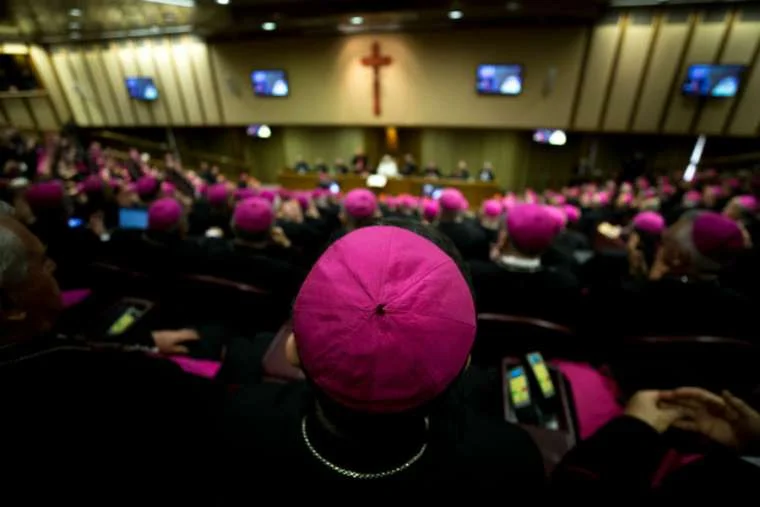There are not a lot of reasons for optimism, but there is every reason for hope. Optimism is either the result of a calculation of the available evidence that warrants the assumption of a positive conclusion, or it is naïve wishing. Hope, though, is personal. More to the point, hope is founded on fidelity to the promises of Christ—we believe that he is who he has shown himself to be and we trust that what he says is true. The one who slayed death is more than capable of guiding us through the perils of the digital world, fatherless societies, biblical illiteracy, violence and abuse, and every kind of exploitation that our young people endure or perpetuate. Our part is to trust Christ and to give ourselves over to the mission of evangelization, sacrificing our comfort, shyness, anxiety, and concern for our own status along the way. That’s hope in action.
Moreover, the whole synodal process is entrusted to Mary, the Blessed Mother. She remains Our Lady of Hope because she gives everything to her Son, who redeems us. As the preparatory document for the synod offers in its closing section: “In her eyes every young person can rediscover the beauty of discernment; in her hear every young person can experience the tenderness of intimacy and the courage of witness and mission.”






